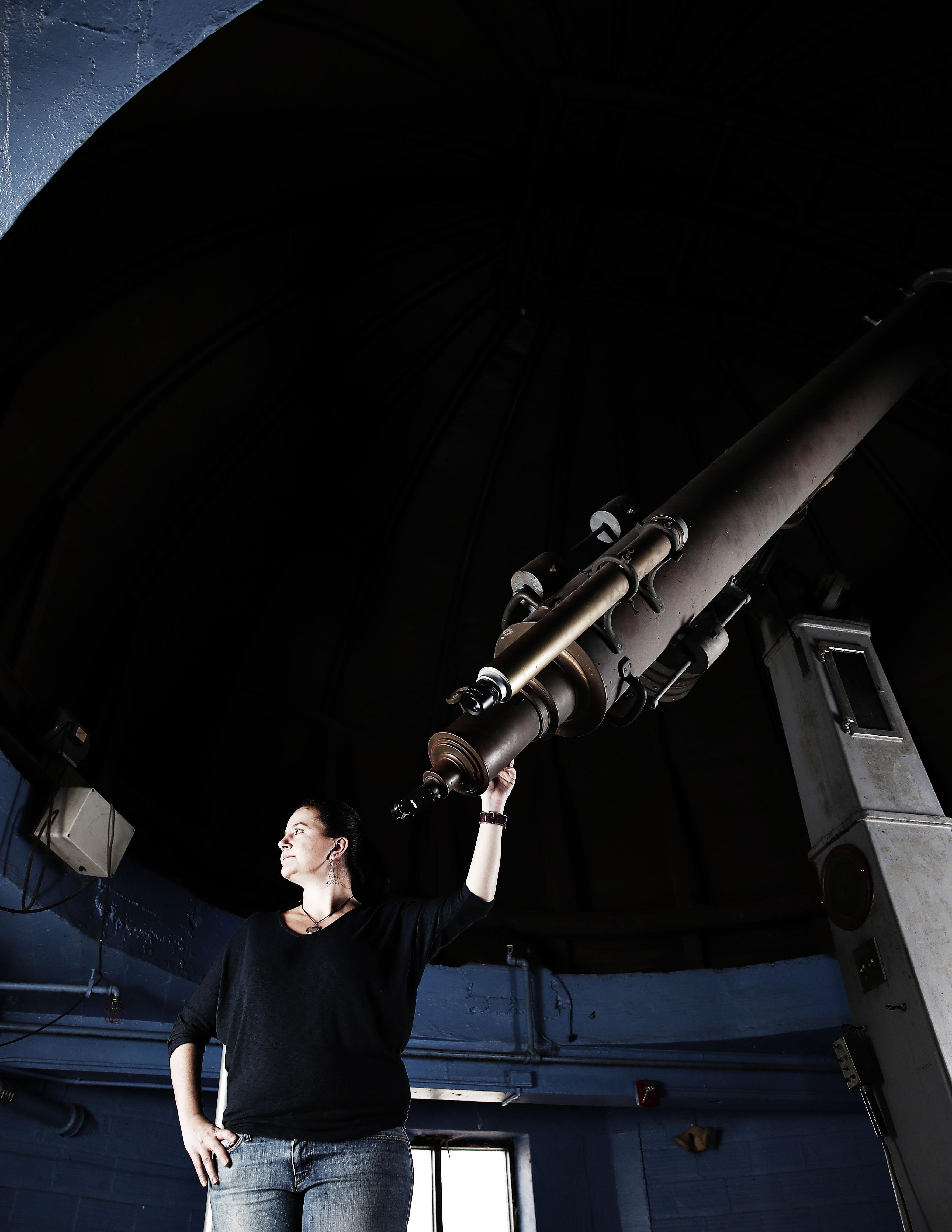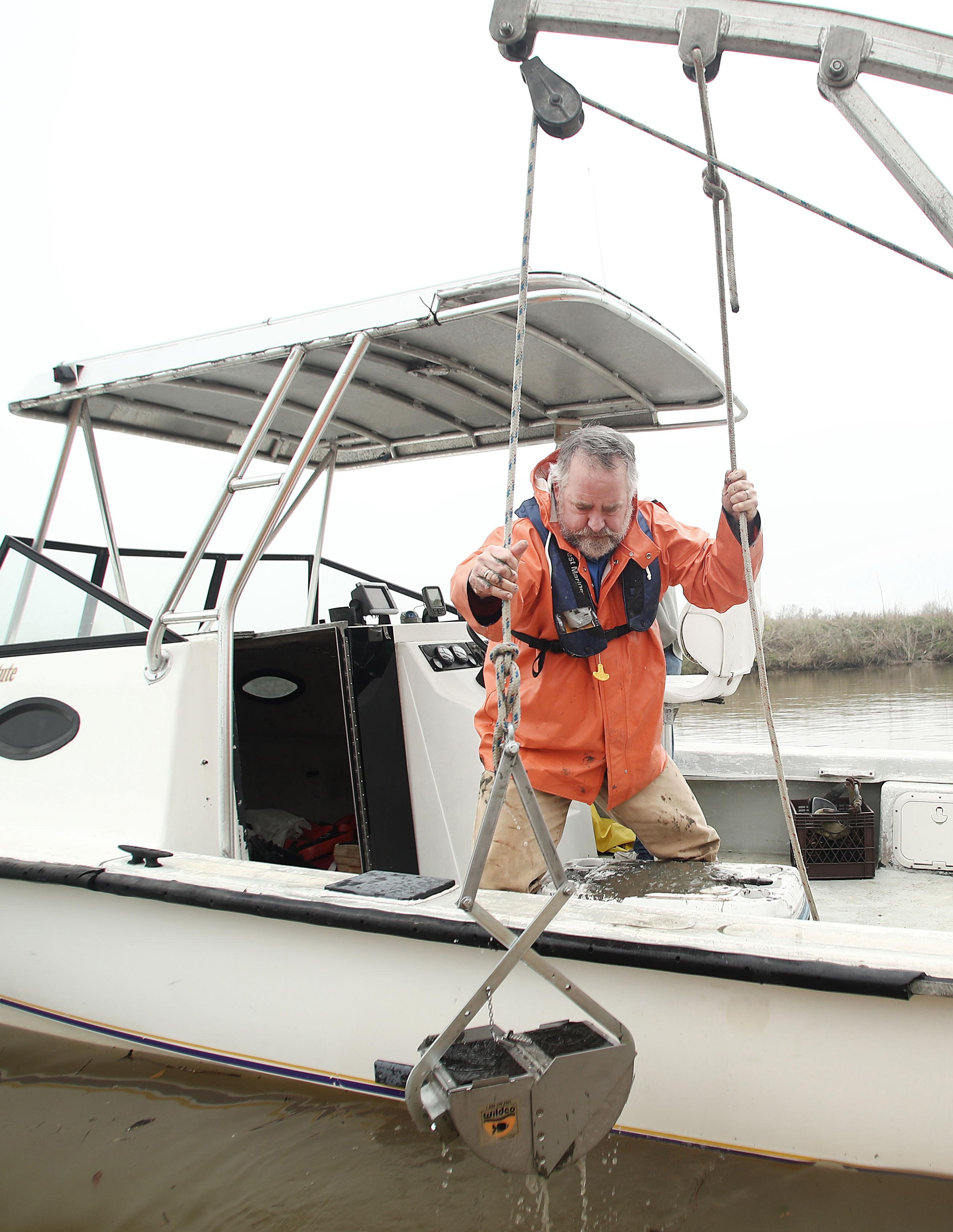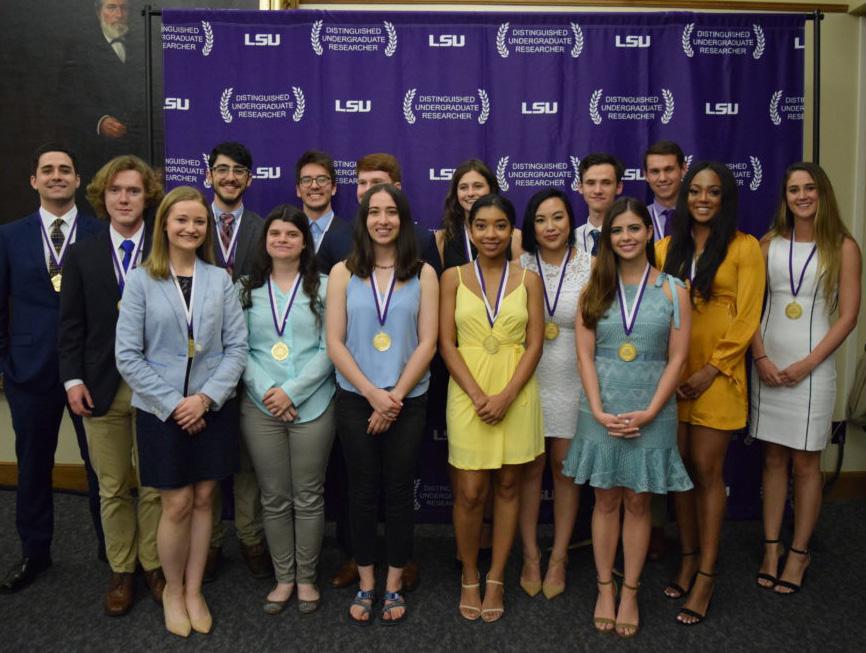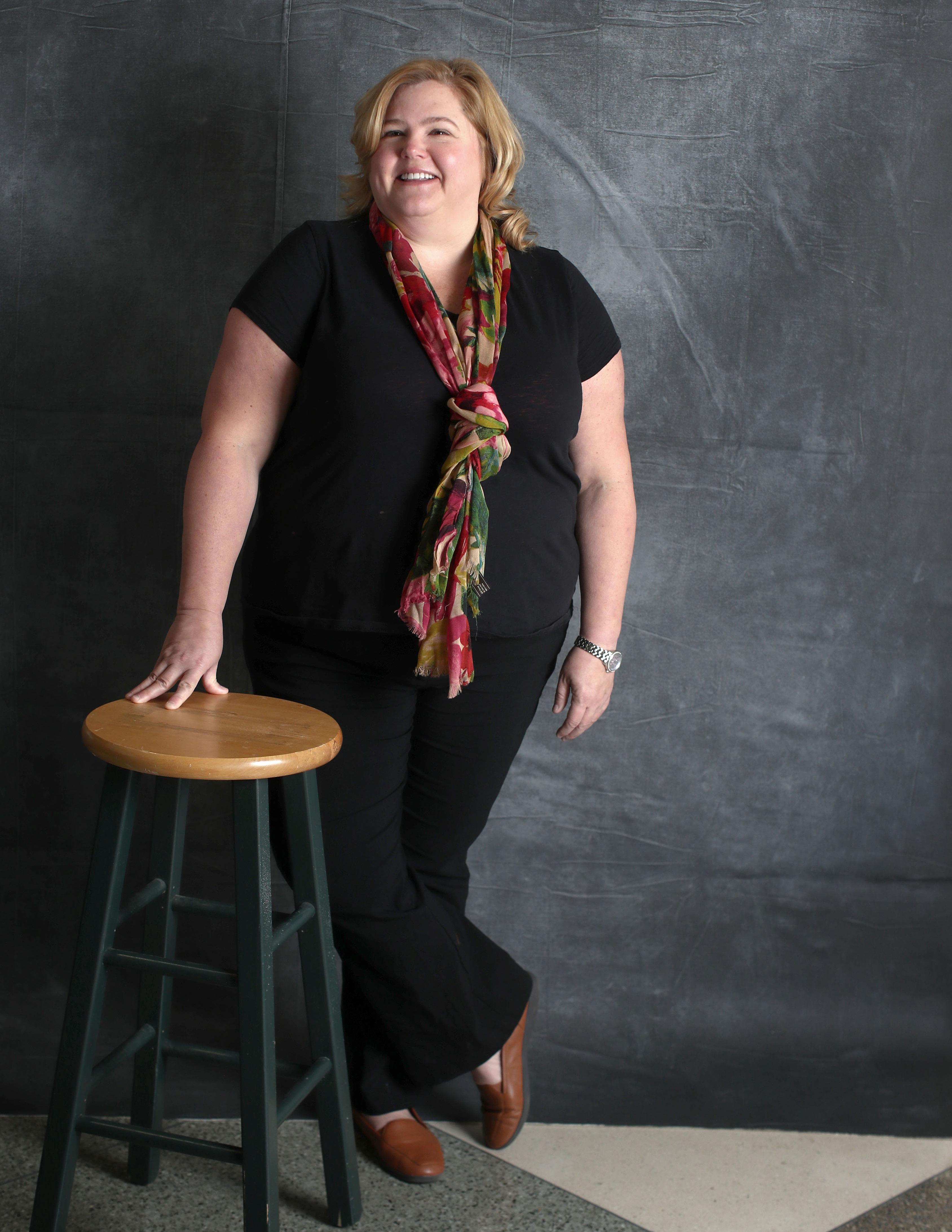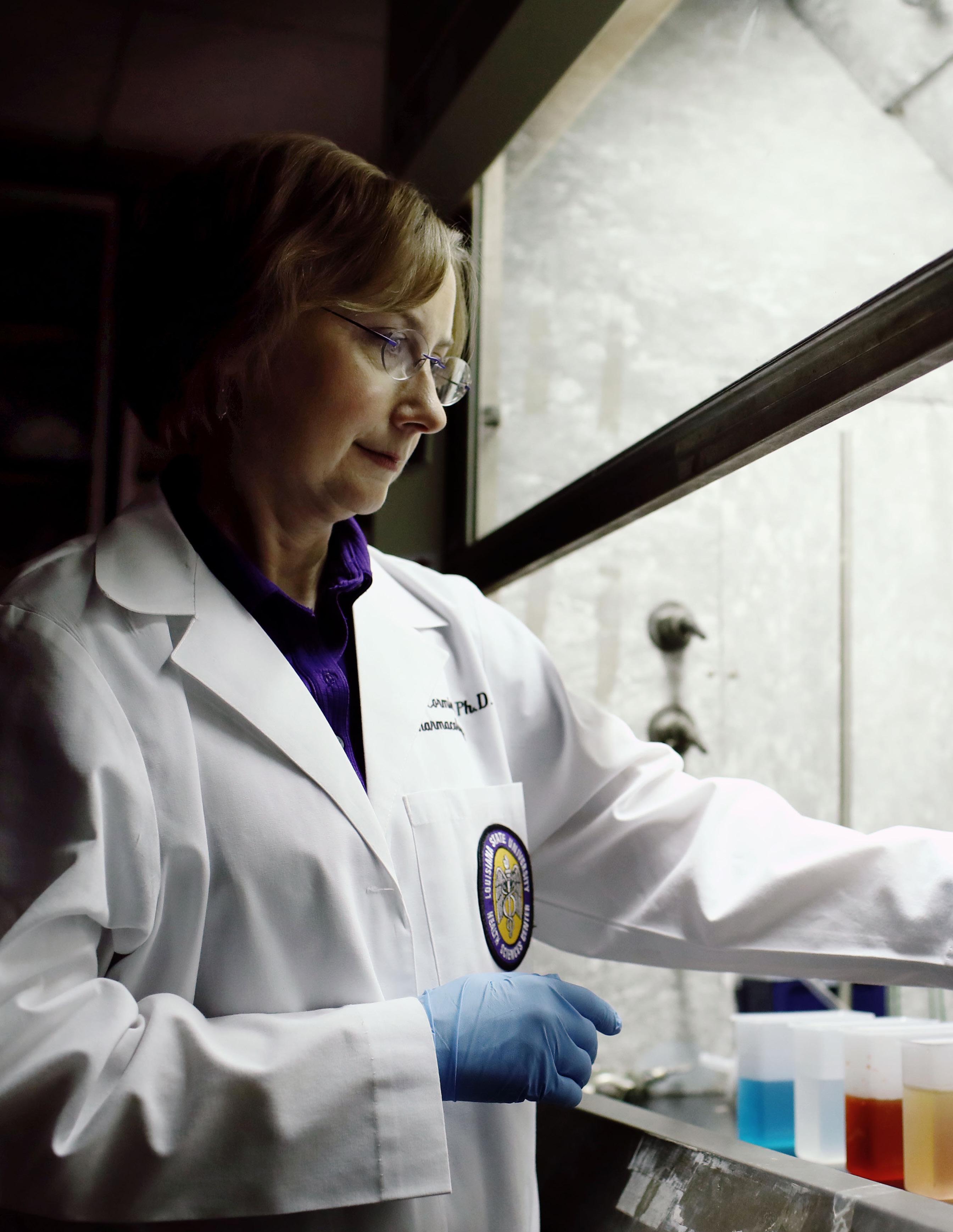RESEARCH
RULES O F E XP LO R ATION How are we preparing to explore ecosystems on other planets? Peter Doran, John Franks Chair in LSU’s Department of Geology & Geophysics and veteran of more than 20 expeditions to the Arctic and Antarctica, is taking his expertise in studying icy environments to develop policies that could protect us against possible contamination from solar system exploration. In 2018, Doran became a member of the international Panel for Planetary Protections (PPP), a group responsible for developing policies and procedures to govern outer planetary exploration. Doran’s decades of Arctic research made his PPP membership possible. His research focuses on modern hydrological and biogeochemical processes in polar lake systems like Antarctica’s Dry Valleys, a row of largely snow-free valleys with an ecosystem similar to Mars. A number of private organizations are gearing up for human missions to Mars, but Doran warns that they may not be as concerned about the science. “This is an exciting time for Mars exploration, but we do not have rules in place to protect against contamination,” said Doran. “This is about protecting the science and protecting humans.” The role of the PPP is to set guidelines to thwart any negative impact of outer planetary missions, including possible effects of contamination of planets other than the Earth; of planetary satellites within the solar system by terrestrial organisms; and of contamination of the Earth by materials returned from outer space carrying potential extraterrestrial organisms.
LIP TO N AWA R D ED $1 MILL I O N M UR I GRANT Robert Lipton, Nicholson Professor in LSU’s Department of Mathematics, and researchers at the California Institute of Technology, University of Chicago, Northwestern University, and Carnegie Mellon University are collaborating on research that will help increase understanding of continuum mechanics of granular materials from the macroscopic scale to microscopic scale. This research is funded by a highly competitive Multidisciplinary University Research Initiative (MURI) grant awarded by the Army Research Office within the U.S. Department of Defense. Lipton will receive $1 million of the total $5 million grant over five years. This research will attempt to bridge the gap between microscopic and macroscopic particles in continuum, and the sheering
8
effect of forces being applied to those particles. “Understanding the macroscopic effects of loads due to vehicles or fissures in geological materials, such as the San Andres fault, and applying forces to these things changes the geometry of the particles, it changes the relative spacing, but it can also crush the particles,” Lipton said. As time progresses, Lipton’s work will morph from understanding simple grain geometry on elastic properties at the continuum level to more complicated shapes and inelastic properties, as well as what is the critical load for sheer based on the shapes and morphology of particles at the microscale, and the force applied. The impact of Dr. Lipton’s research will be seen in better earthquake prediction, as well as civil engineering improvements.
UNDERGRADUATE RECOGNITION The LSU Discover Undergraduate Research Program launched the Distinguished Undergraduate Research Award. This designation recognizes the achievements of outstanding undergraduates who participate in a track of educational and research activities leading to a final and public presentation or publication of a faculty-mentored undergraduate scholarly project. Ten College of Science students were recognized among the 2019 inaugural class. Michael Brands Biological Sciences
Ryan Hoffman Biological Sciences
Sarah Cohen Biochemistry and Sociology
Tabitha Kearns Biological Sciences
Joseph DeCorte Biochemistry
Jeffrey Lemoine Computer Science and Biochemistry
Amber DePoy Microbiology
Corey St. Romain Biological Sciences
Logan Hart Mathematics
Sadie Thompson Biological Sciences
RESEARCH FUNDING
$2 8
MILLION +
The LSU College of Science receives more than $28 million in research funding each year. More than 60 percent of this support comes from federal funding agencies, including the National Science Foundation, National Institutes of Health, the Department of Energy and the Department of Defense.




